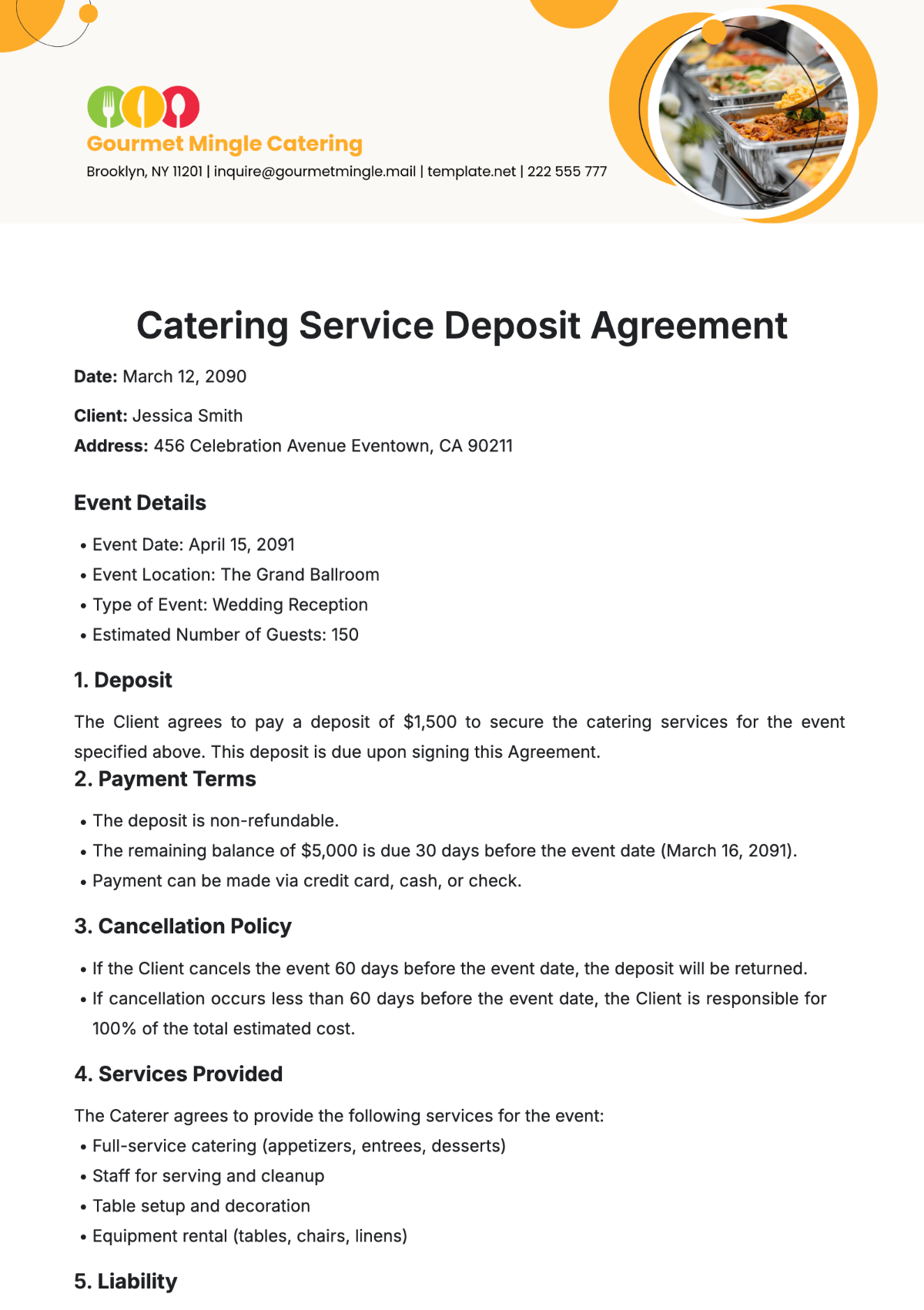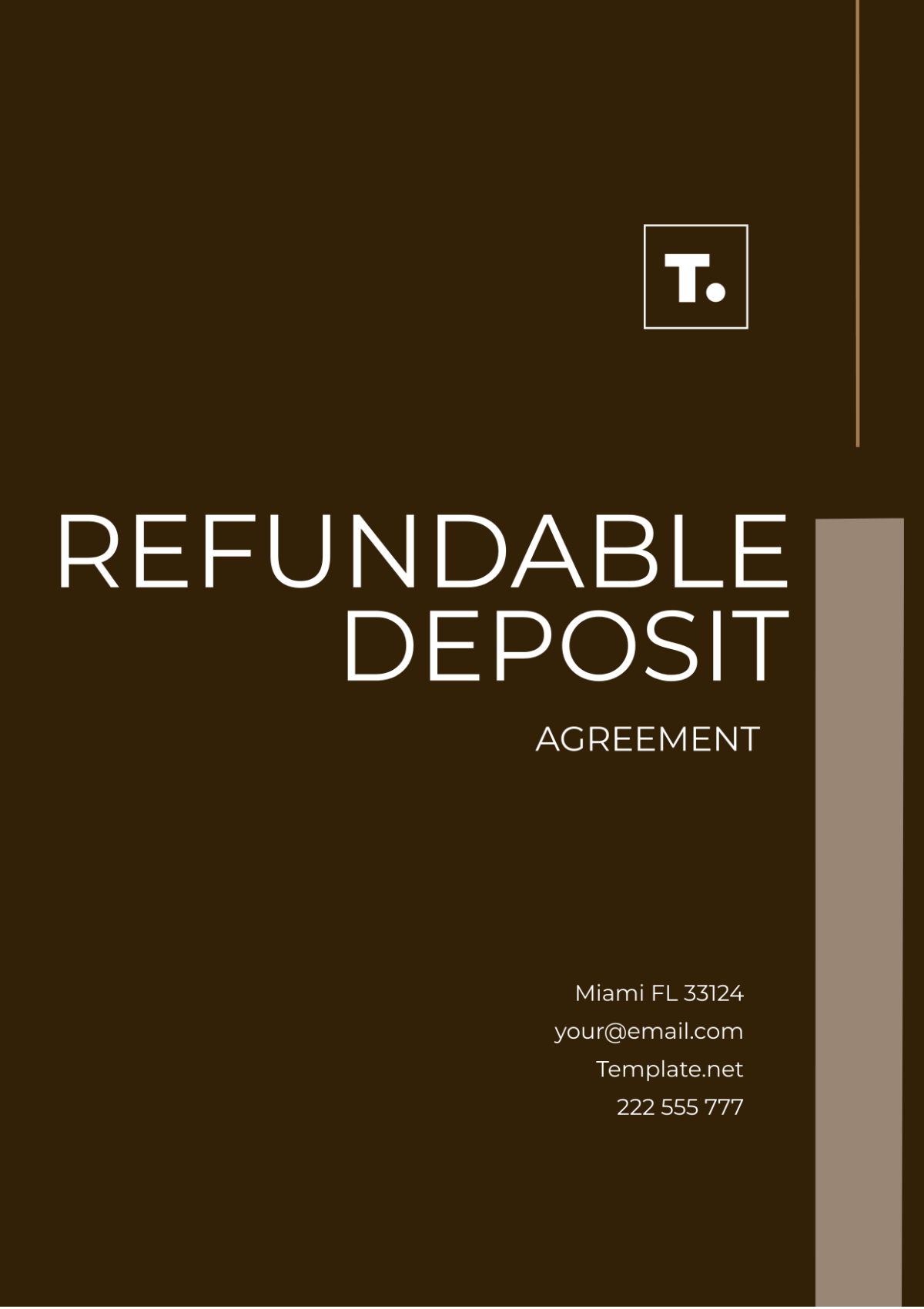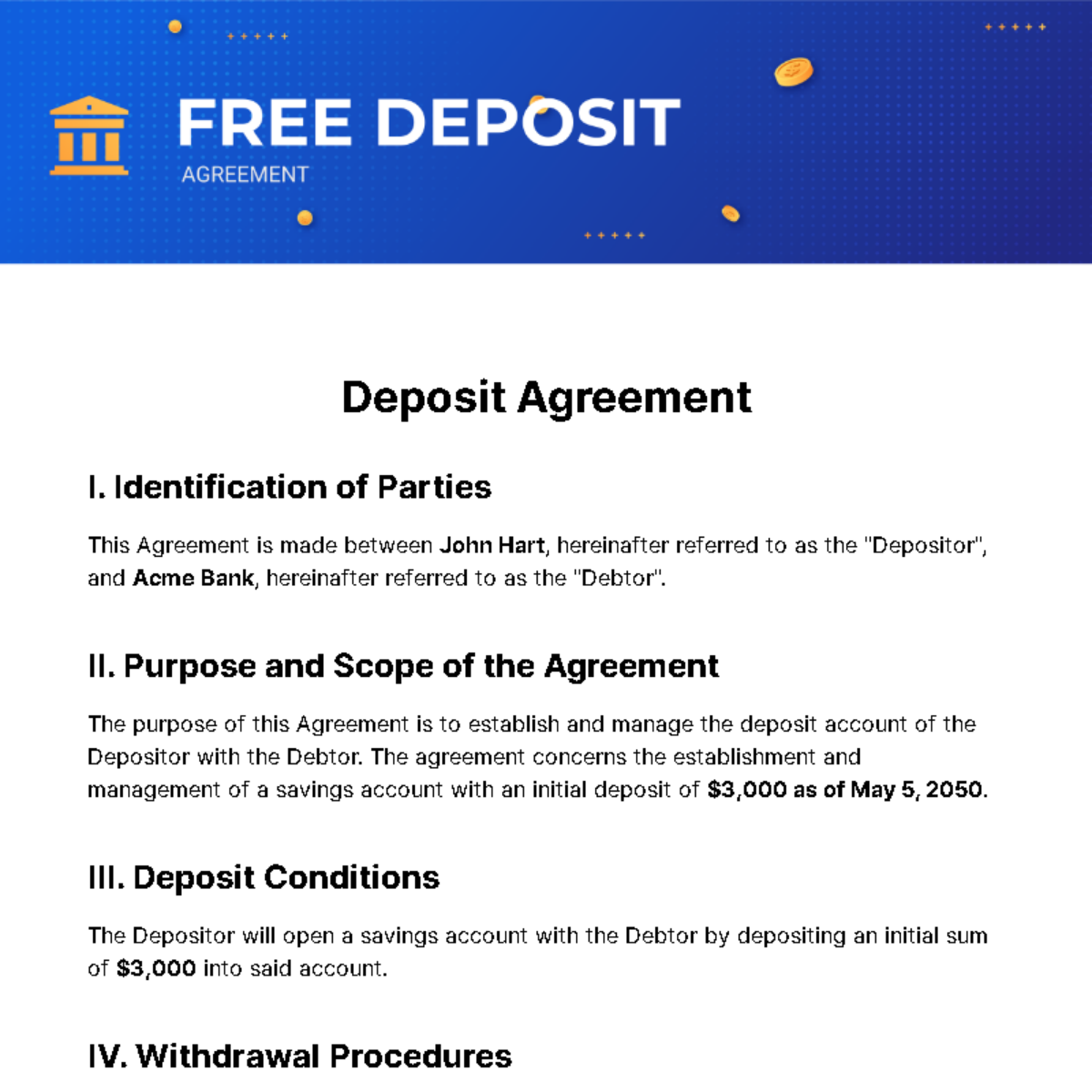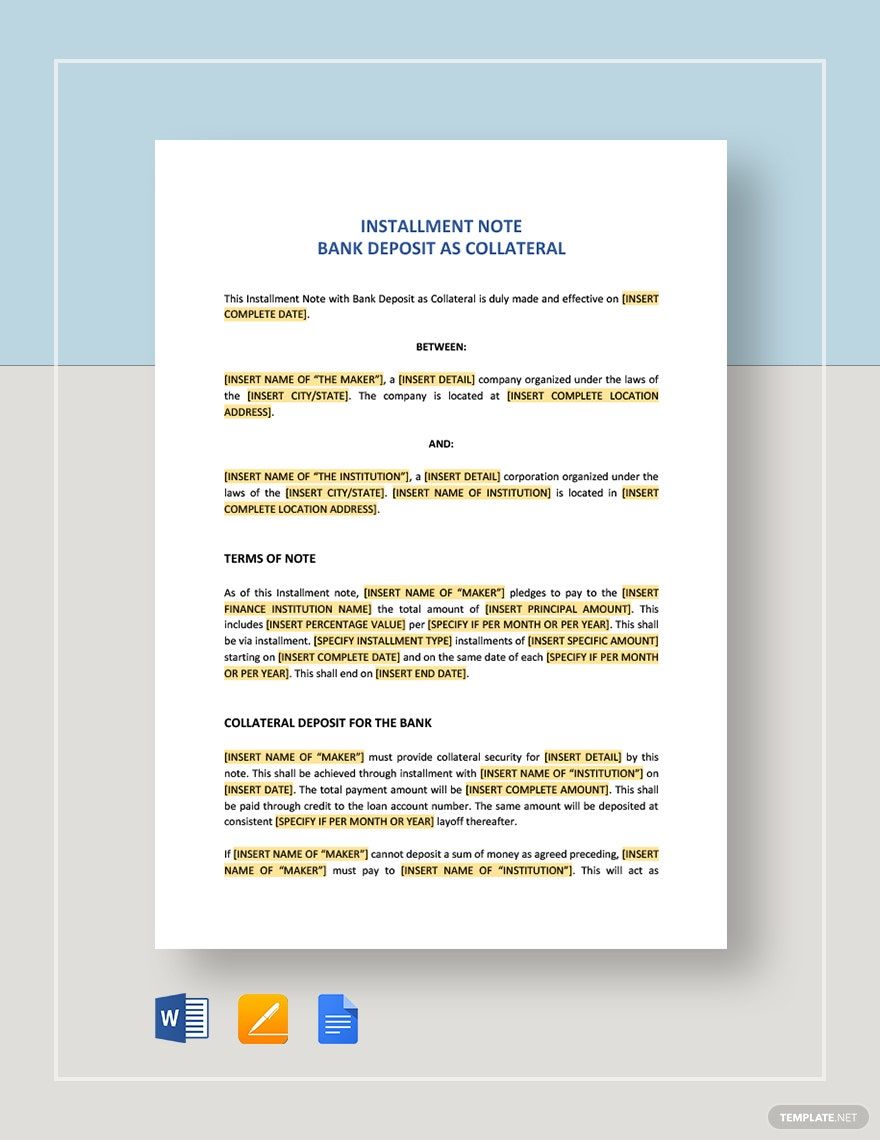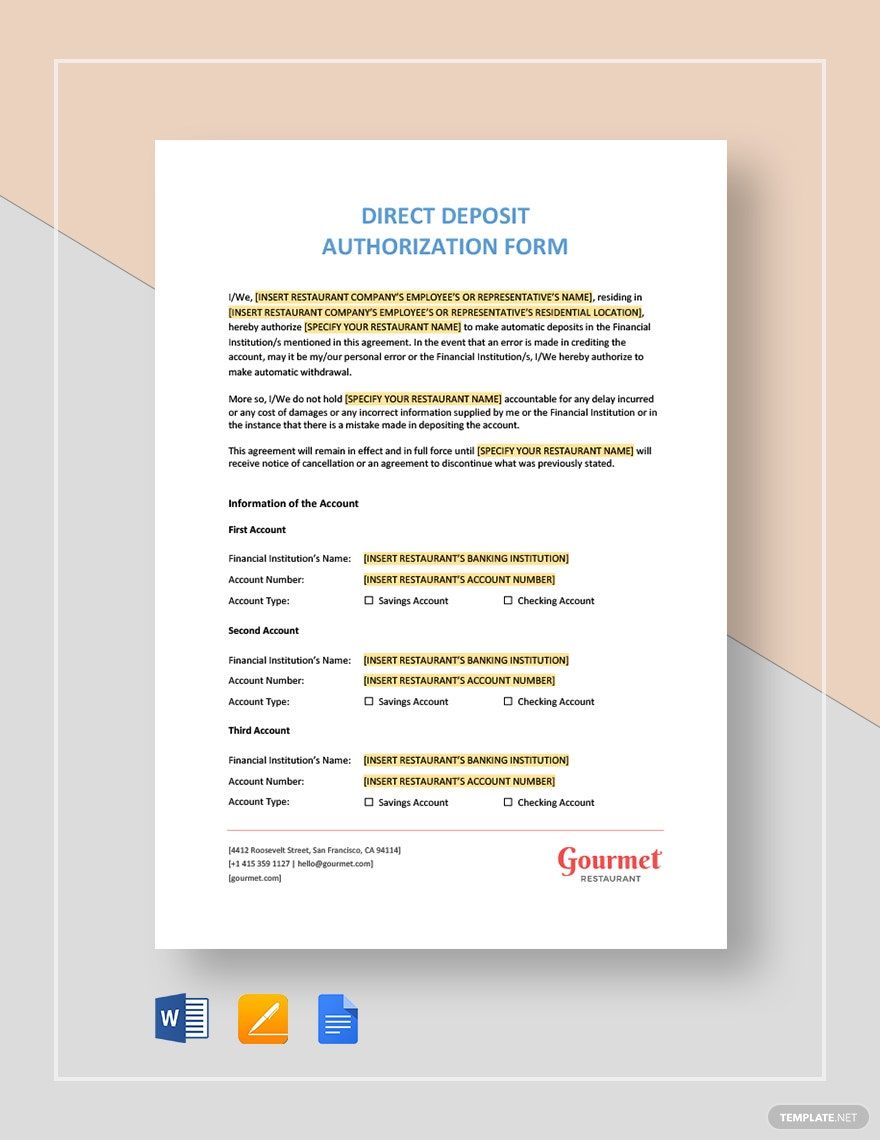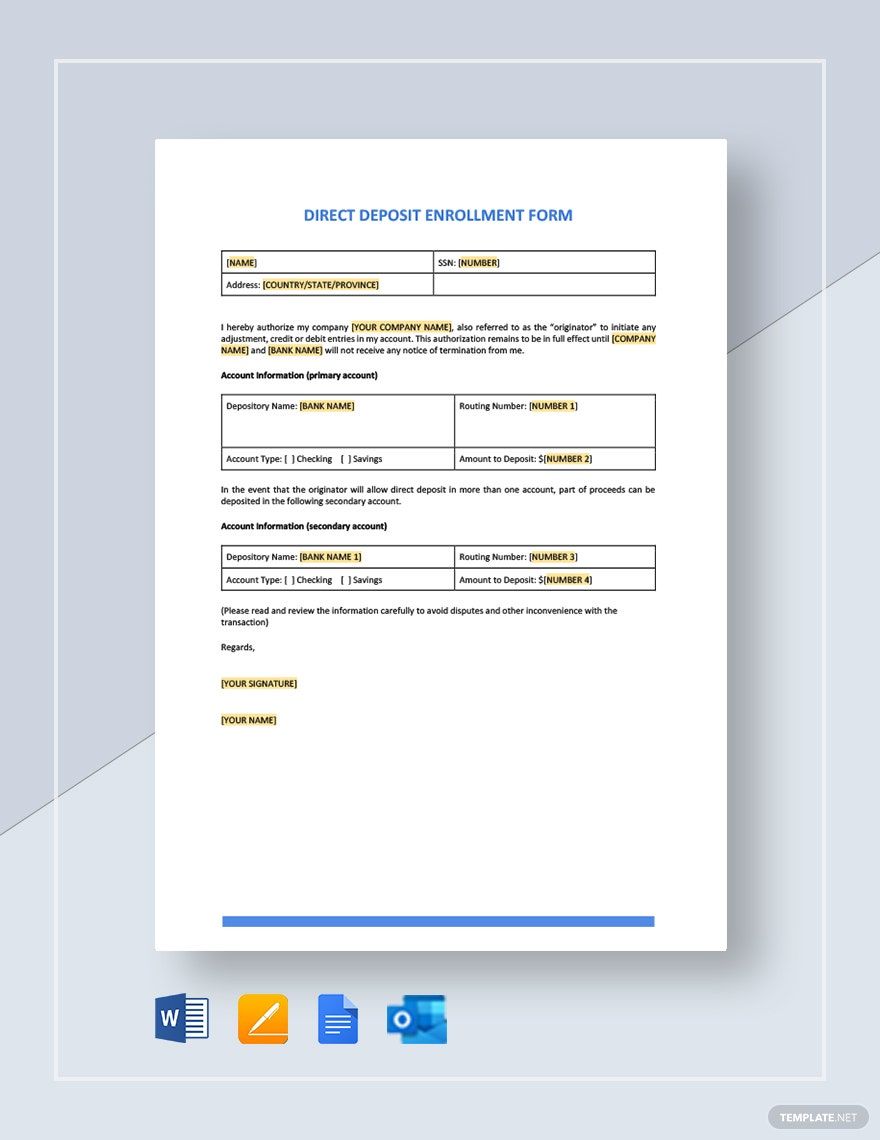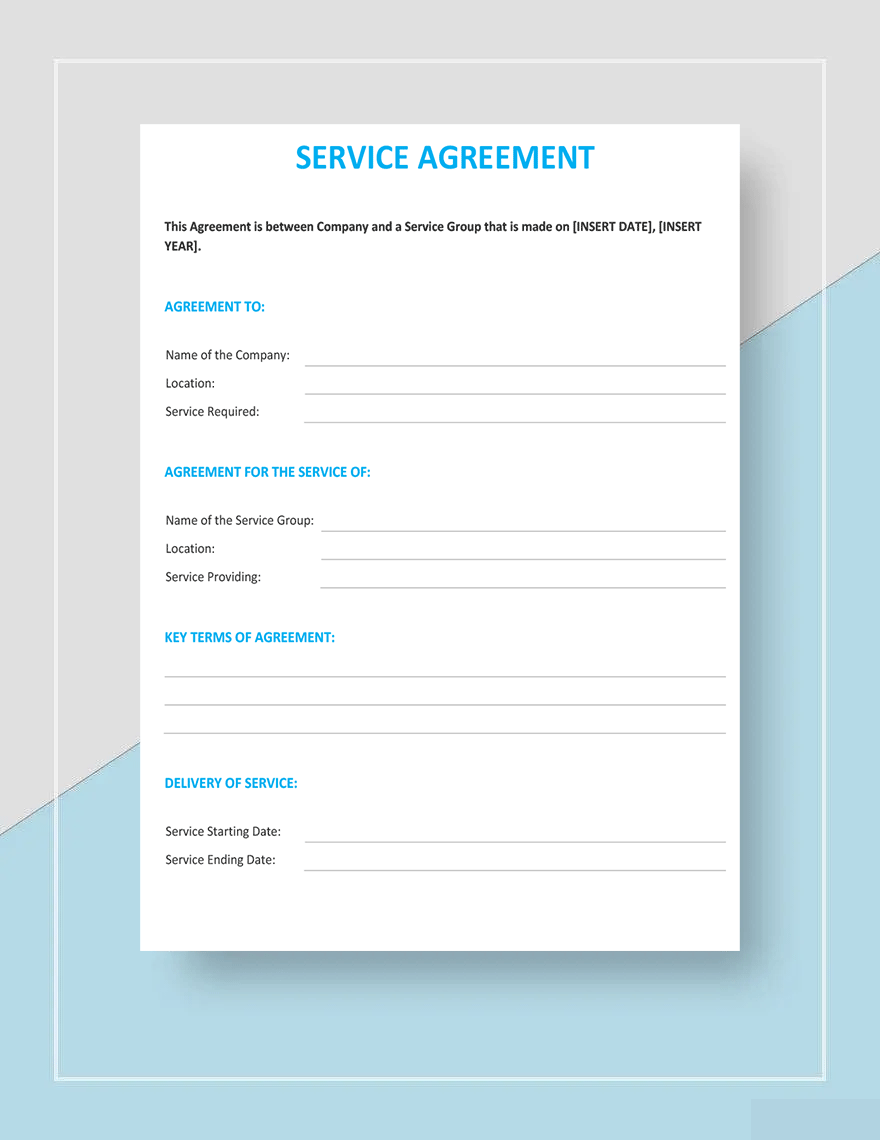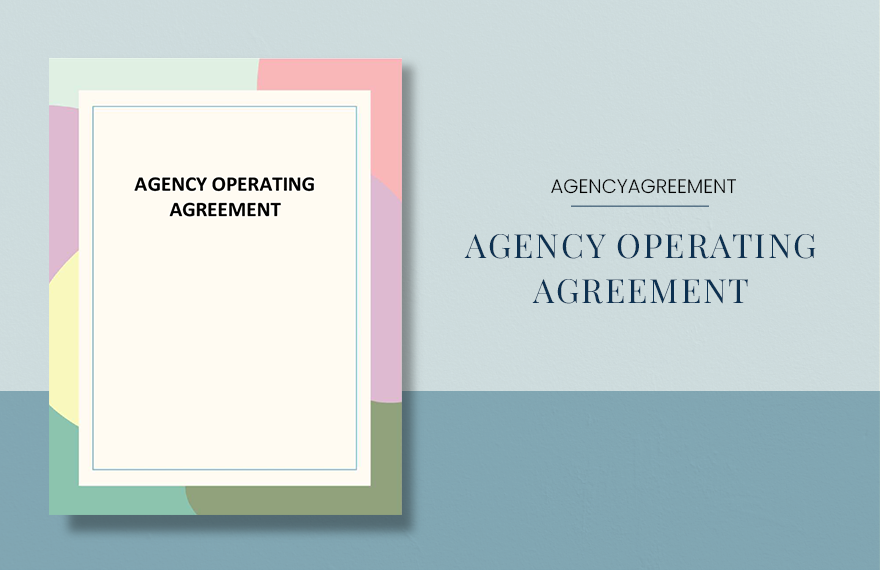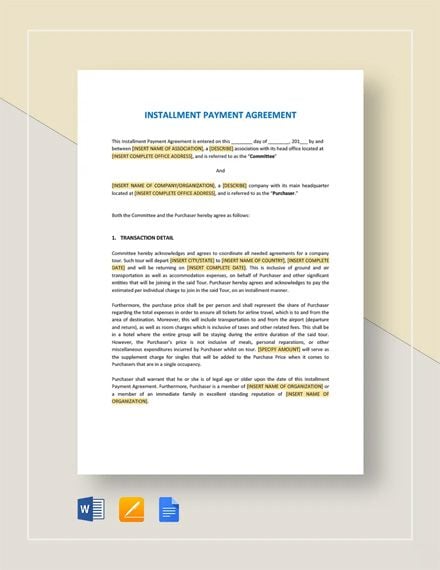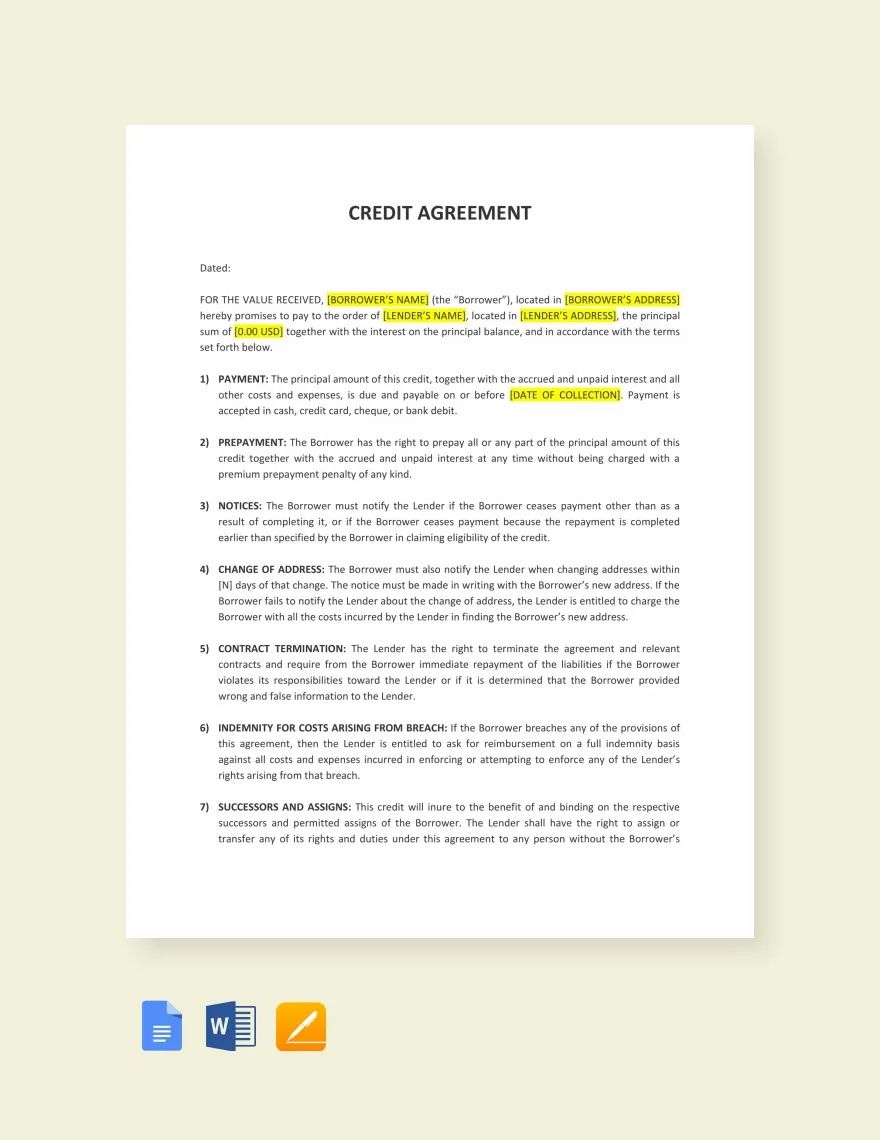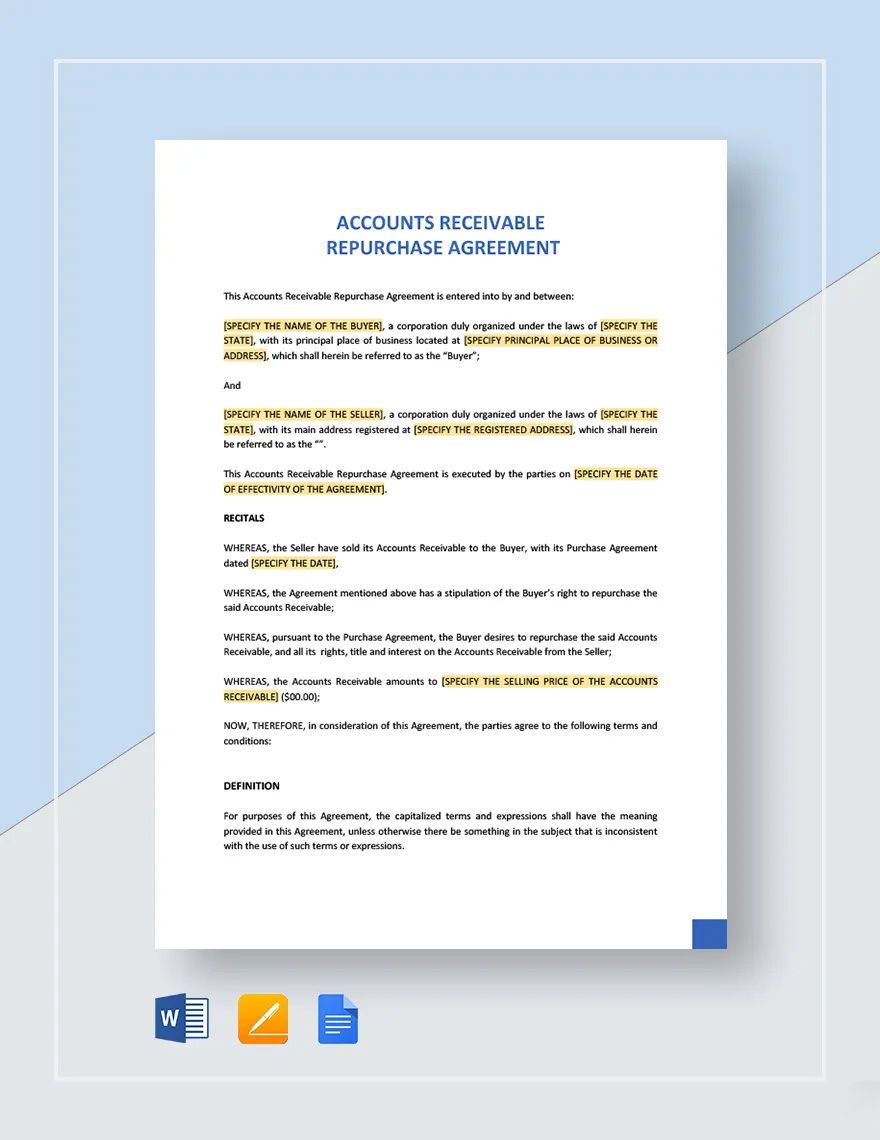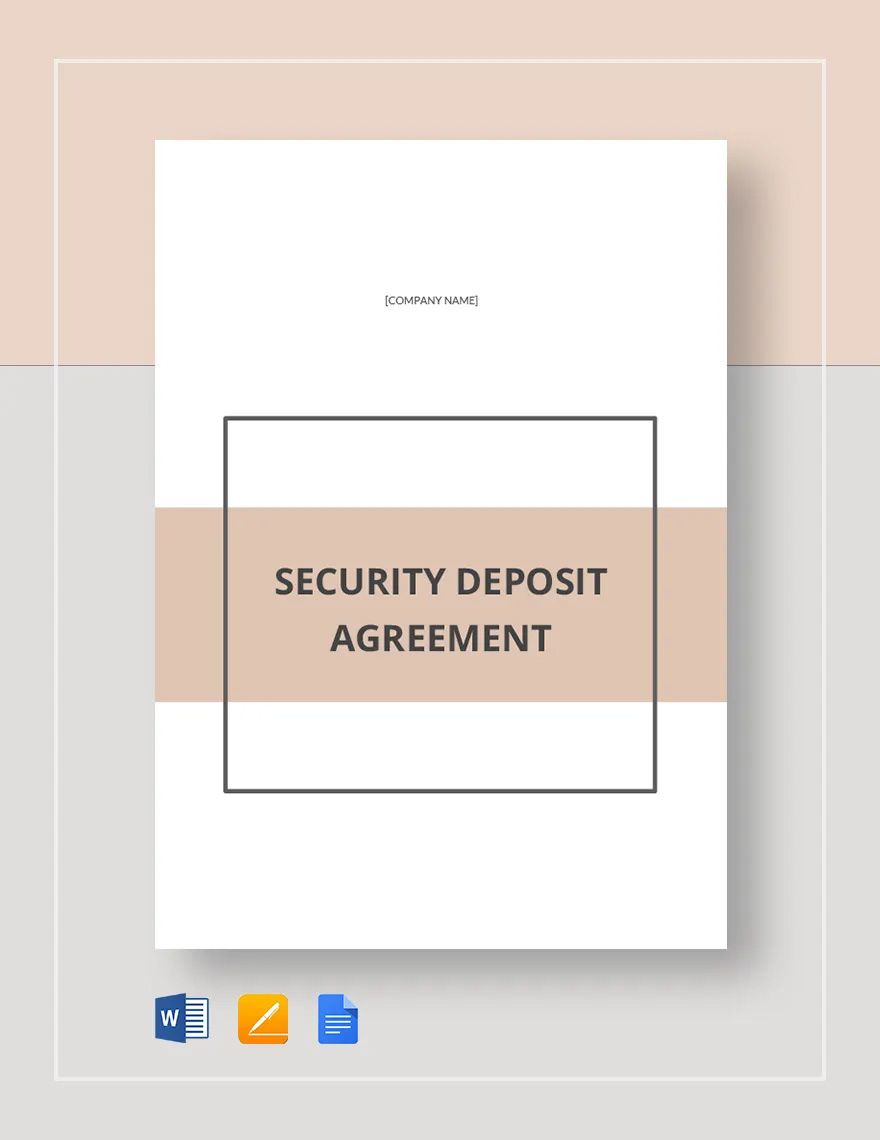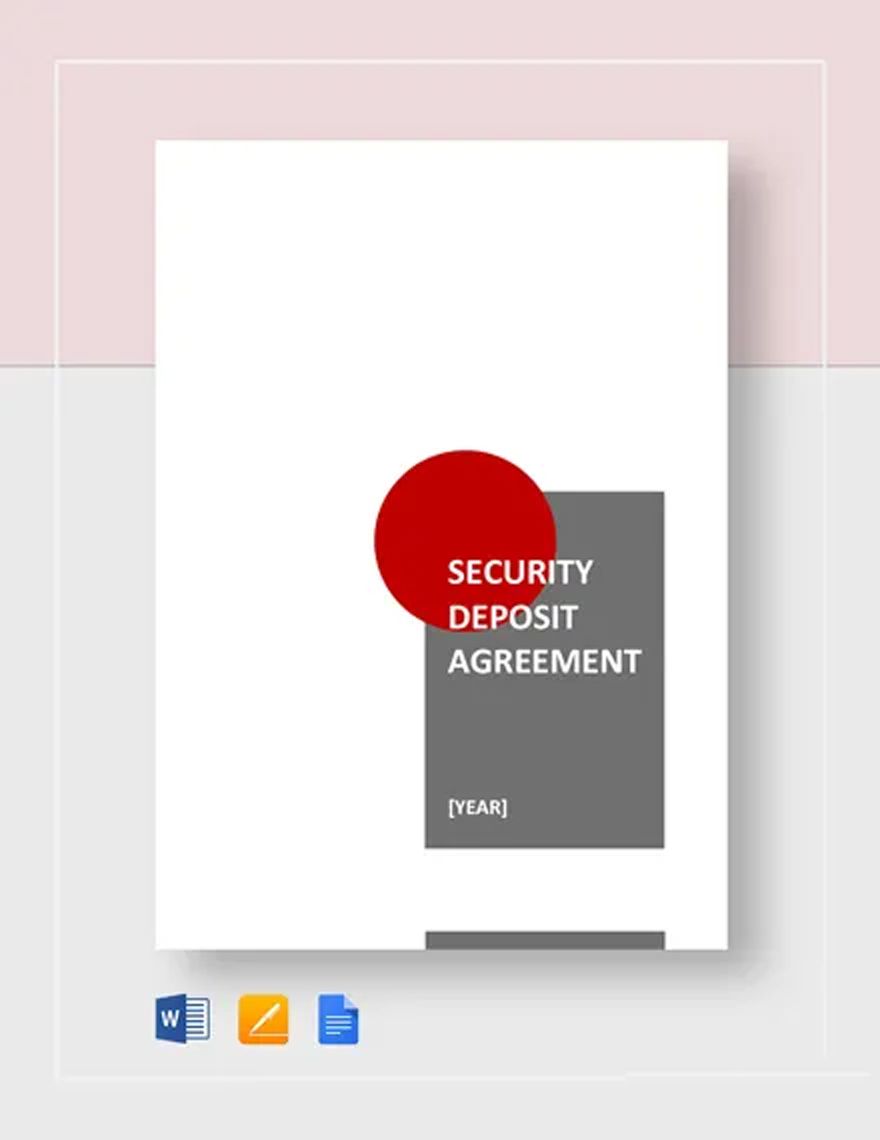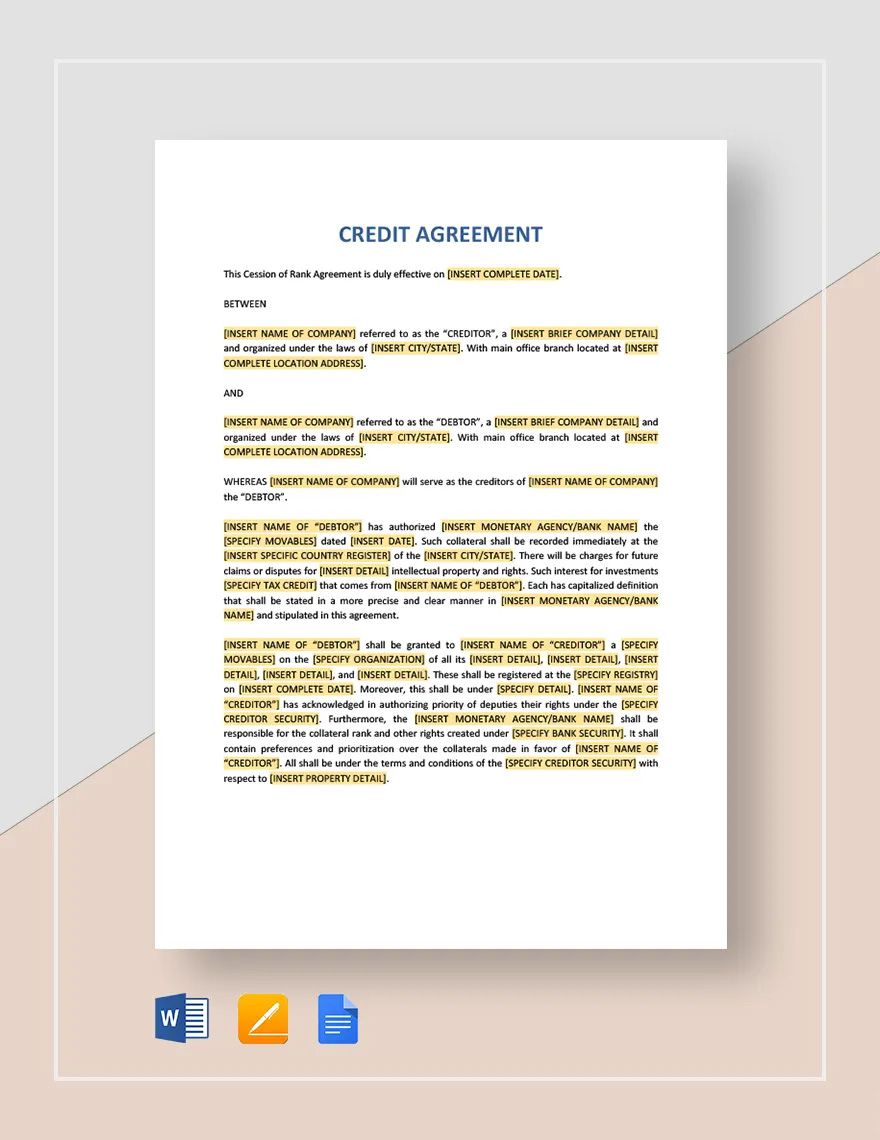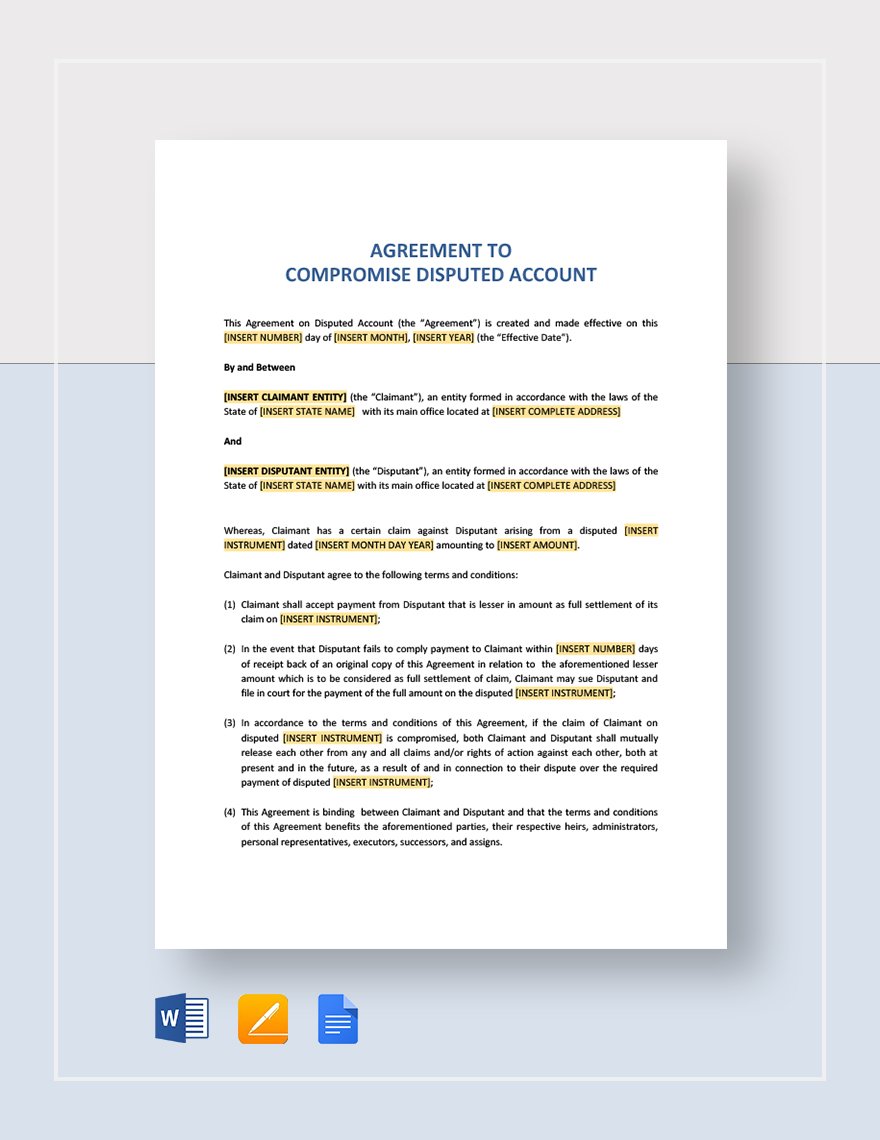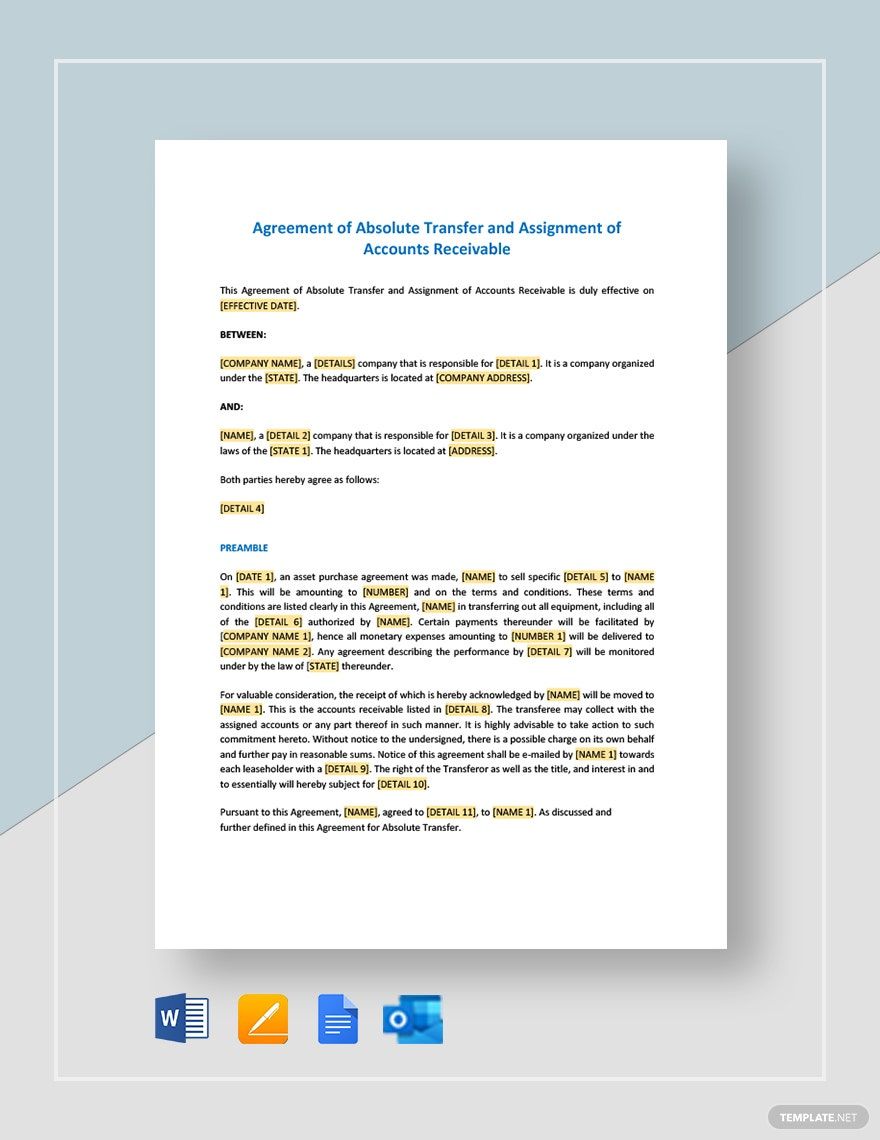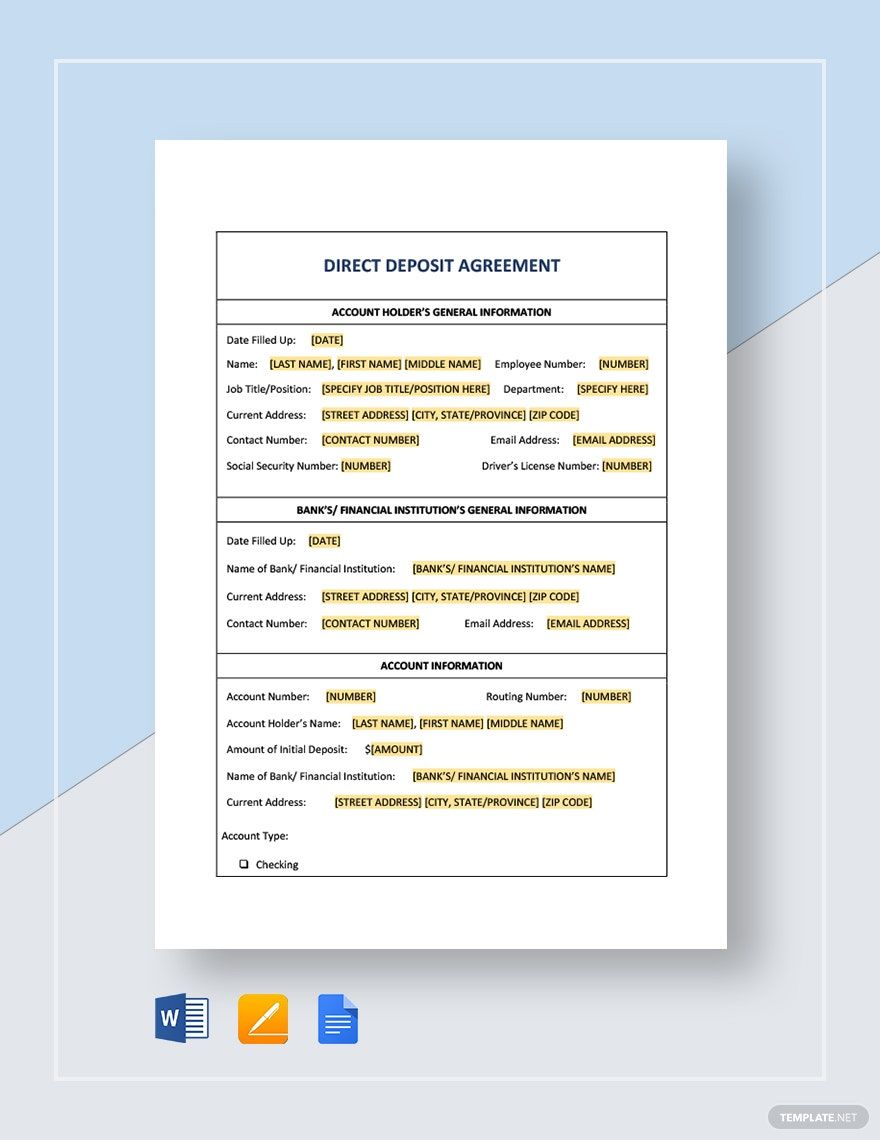Make Your Contractual Needs Come to Life with Deposit Agreement Templates from Template.net
Keep your legal processes efficient, secure, and hassle-free with Deposit Agreement Templates from Template.net. Designed for property managers, attorneys, and independent landlords, these templates empower you to seamlessly create precise and professional agreements. Whether you’re drafting a rental deposit clause or formalizing a security deposit requirement for a real estate transaction, these templates simplify the process. Each template includes comprehensive fields for time, date, and contact information, ensuring that you have all necessary details at your fingertips. With no legal expertise required, these professional-grade templates save you time and money, offering customizable options for print or digital distribution.
Discover the many Deposit Agreement Templates we have on hand, tailored to meet a variety of contract needs. Easily select a template that suits your purpose, swap out default content with your specifics, and tweak each one to align with your brand through customizable colors and fonts. Advanced features allow you to drag-and-drop icons or graphics, and incorporate AI-powered text tools for enhanced clarity and professionalism. The creative possibilities are endless, requiring no prior design skills to produce exceptional results. Our library is regularly updated with new templates to ensure you have the latest tools at your disposal. When you’re finished, download or share your polished agreement via print, email, or export to multiple channels with ease.
